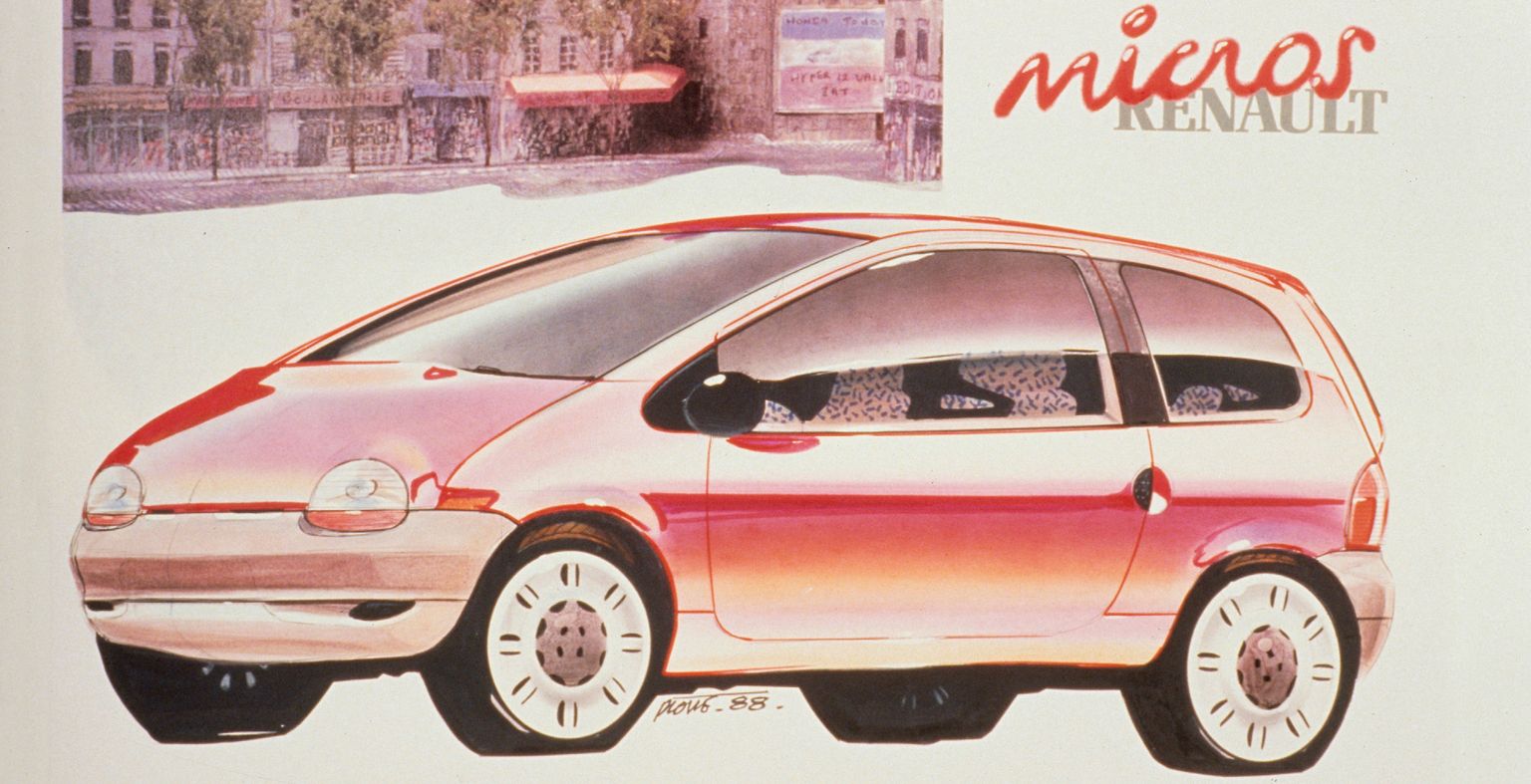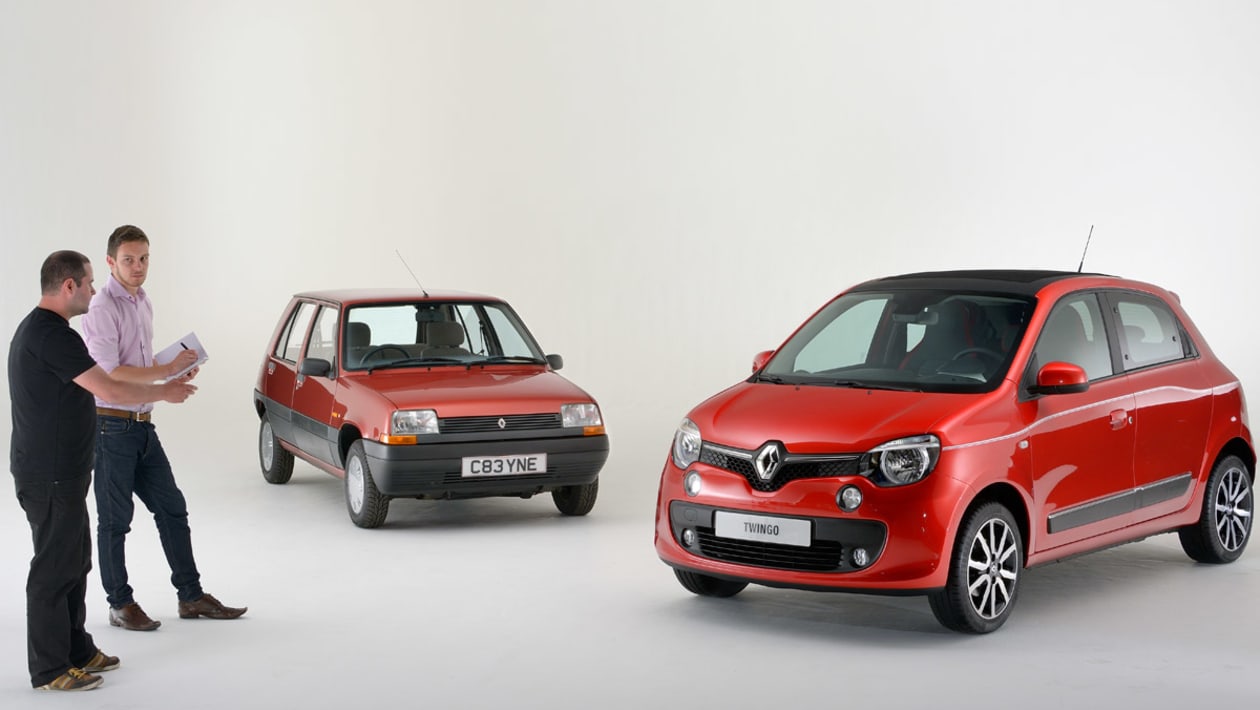Is the First Generation Renault Twingo a Future Classic? A Deep Dive
The Renault Twingo. Just the name conjures images of quirky charm, city-slicking agility, and a dash of unconventional design. This diminutive hatchback, launched in 1993, quickly won hearts across Europe with its distinctive styling and user-friendly nature. But decades later, as the automotive landscape continues its relentless evolution, a question lingers: Is the first-generation Renault Twingo destined for classic car status? Let’s delve into the factors that contribute to and detract from this possibility.
The Allure of the Original Twingo: What Makes it Special?
The first-generation Renault Twingo wasn’t just a car; it was a statement. Its unique design, conceived by Jean-Pierre Ploué, stood out from the crowd, and its practical features made it a popular choice for urban dwellers. Several key elements contribute to its enduring appeal:
- Distinctive Design: The Twingo’s “one-box” design, with its rounded headlights, smiling grille, and short overhangs, was instantly recognizable. It was playful and functional, a refreshing alternative to more traditional hatchbacks.
- Compact and Agile: Perfect for navigating congested city streets, the Twingo’s small footprint and tight turning circle made parking a breeze.
- Clever Interior: Despite its small size, the Twingo offered surprising interior space. The sliding rear bench seat provided versatility, and the brightly colored interiors added to its cheerful personality.
- Simple and Reliable Mechanics: The Twingo’s straightforward engine options and generally robust build quality contributed to its reputation for dependability.
- Cult Following: The Twingo has cultivated a dedicated following, with owners appreciating its individuality and charm. Online communities and enthusiast clubs actively celebrate the car.
The Roadblocks to Classic Status: Challenges the Twingo Faces
While the Twingo possesses many desirable qualities, several factors could hinder its journey to becoming a true classic.
- Age and Availability: As a car from the early 1990s to early 2000s, the Twingo is now aging. Rust can be a significant issue, and finding well-maintained examples can be challenging. Parts availability, while generally good, could become a concern in the future.
- Performance: The Twingo was never designed for blistering performance. Its engines were fuel-efficient but not particularly powerful, which might limit its appeal to performance-oriented enthusiasts.
- Perceived Value: While the Twingo has a dedicated following, its relatively low initial price point might affect its perceived value compared to more prestigious vehicles.
- Competition: The classic car market is crowded. The Twingo faces competition from other small, affordable, and characterful cars from the same era, such as the Fiat Cinquecento or the Mini.
- Mass Production: With over 2.4 million units produced, the Twingo was not a rare car. While this contributed to its popularity, it also means that it’s unlikely to achieve the same level of exclusivity as a truly limited-production classic.
Assessing the Future: What are the Chances?
Ultimately, whether the first-generation Renault Twingo becomes a classic car is a matter of speculation, but several factors suggest it has a strong chance.
- Nostalgia Factor: The Twingo evokes a strong sense of nostalgia for many, particularly those who grew up with it. This emotional connection is a key driver of classic car appreciation.
- Rising Values: Well-maintained examples are already starting to command higher prices. As the pool of good cars shrinks, values are likely to increase.
- Enthusiast Support: The active online communities and enthusiast clubs will play a crucial role in preserving and promoting the Twingo.
- Unique Character: The Twingo’s quirky design and charming personality set it apart from more generic vehicles, making it a desirable car for those seeking something different.
Conclusion: A Charming Contender
The first-generation Renault Twingo possesses many of the qualities that define a future classic. Its distinctive design, compact size, and characterful personality have already earned it a dedicated following. While challenges like age, rust, and competition exist, the Twingo’s inherent charm, rising values, and enthusiast support suggest that it has a strong chance of becoming a beloved classic car in the years to come. It’s a car that deserves to be cherished and preserved.
Frequently Asked Questions (FAQs)
- What is the average price of a first-generation Renault Twingo? The price varies depending on condition, mileage, and location. Generally, you can find examples ranging from a few thousand dollars for projects to upwards of $10,000 for a pristine, well-maintained model.
- Are spare parts for the Twingo readily available? Yes, parts are generally available, particularly in Europe. However, as the car ages, sourcing specific parts might become more challenging.
- Which Twingo engine is the most reliable? The 1.2-liter gasoline engines are generally considered reliable, offering a good balance of performance and fuel economy.
- What are the common problems with the first-generation Twingo? Rust is a common issue, particularly on older models. Other potential problems include electrical issues and wear and tear on the interior.
- Where can I find a first-generation Renault Twingo for sale? Online marketplaces like eBay, classic car websites, and specialized online forums are good places to start your search. Local classified ads can also be a source of potential finds.




